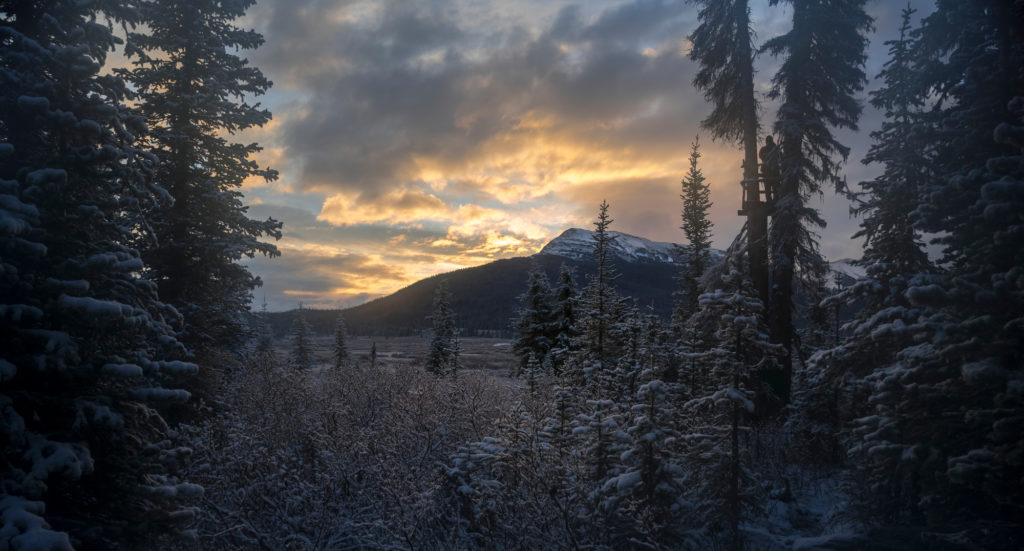Hi
I'm new here, but I've been birding for 30 years in south of France, and other places in Europe; I think this is my first post here
I've been using a Leica Trinovid 8x20 since 1991, and I plan to by a good pair of brighter binos for more confortable observations at dawn or dusk (and increased FOV and confort by the way).
10x42 would be great (as complementary magnification to my 8x20), otherwise 8x32 are lighter (I live in the Alps).
So my very naive question: Is it reasonnable to expect the same brightness from both a 10*42 and a 8*32, all other parameters been equals (let's say Zeiss SF 8*32 vs SF 10*42, or Swarovski's equivalents, these models beeing in my scope).
thank you for your time
I'm new here, but I've been birding for 30 years in south of France, and other places in Europe; I think this is my first post here
I've been using a Leica Trinovid 8x20 since 1991, and I plan to by a good pair of brighter binos for more confortable observations at dawn or dusk (and increased FOV and confort by the way).
10x42 would be great (as complementary magnification to my 8x20), otherwise 8x32 are lighter (I live in the Alps).
So my very naive question: Is it reasonnable to expect the same brightness from both a 10*42 and a 8*32, all other parameters been equals (let's say Zeiss SF 8*32 vs SF 10*42, or Swarovski's equivalents, these models beeing in my scope).
thank you for your time









